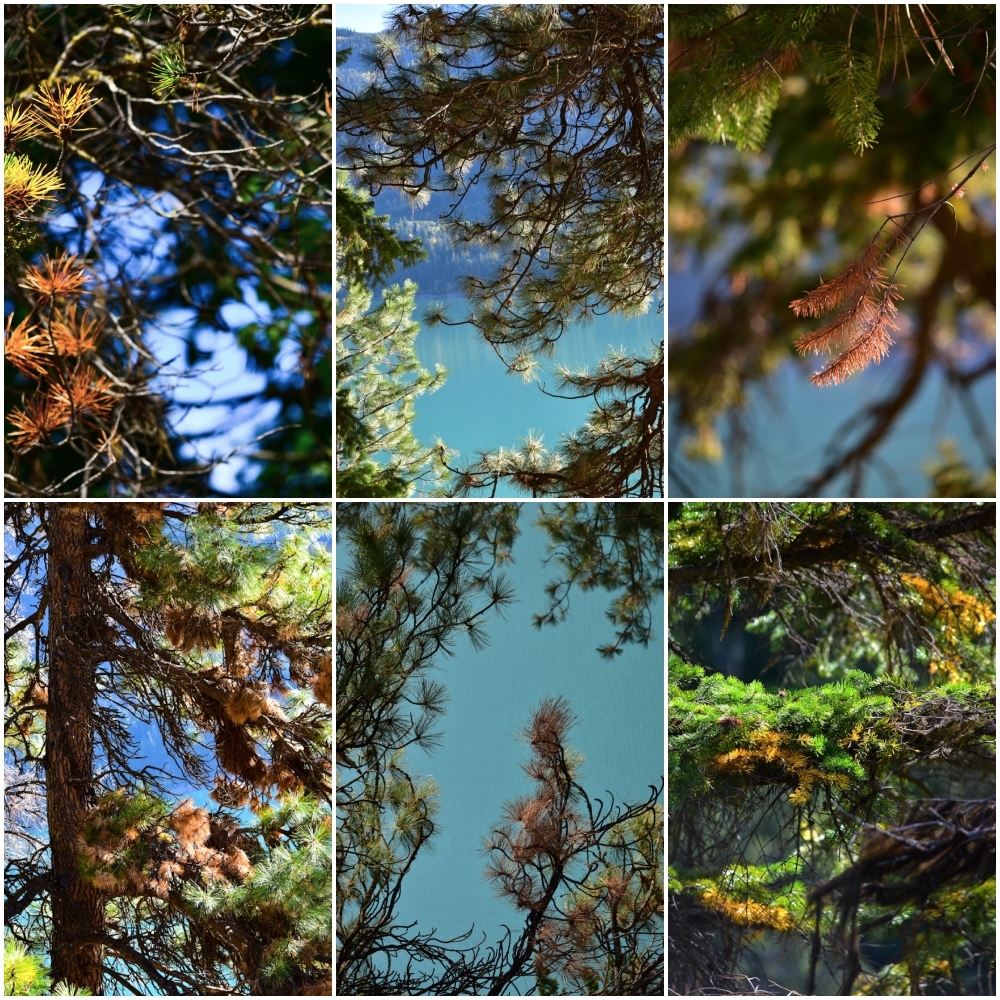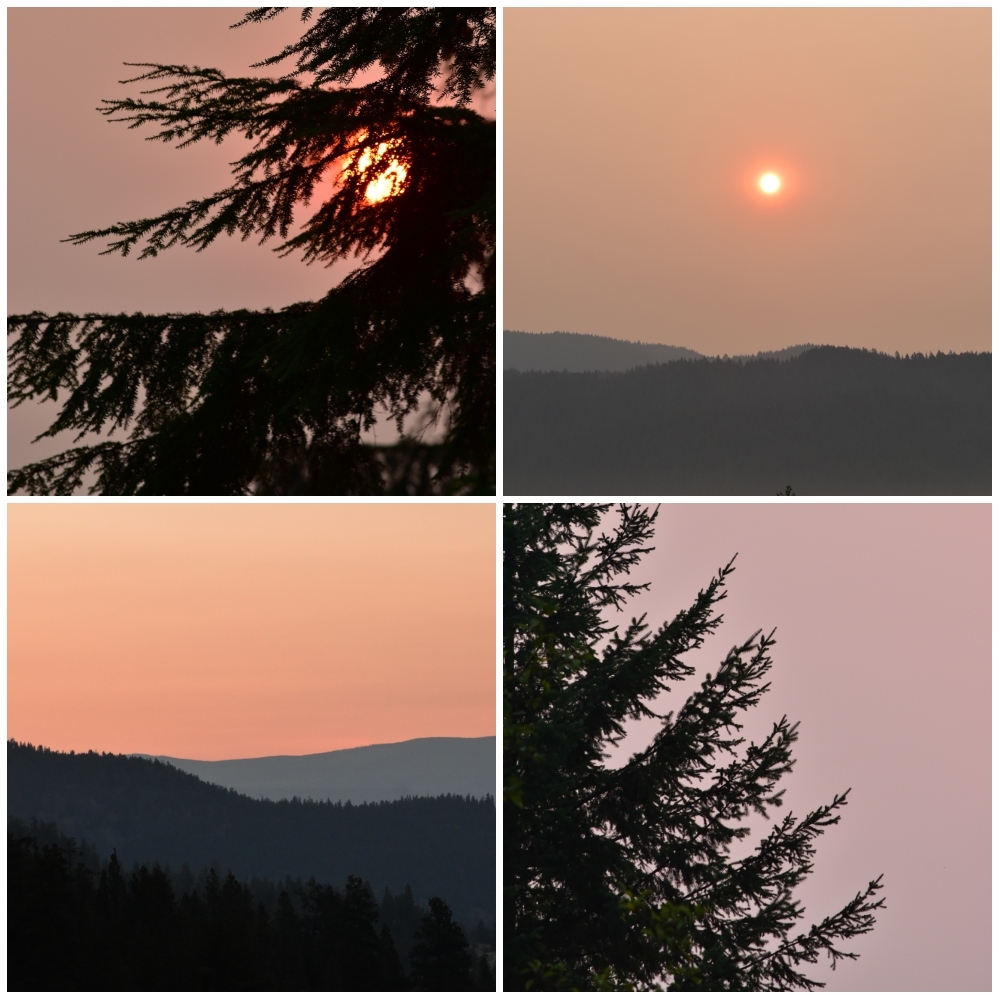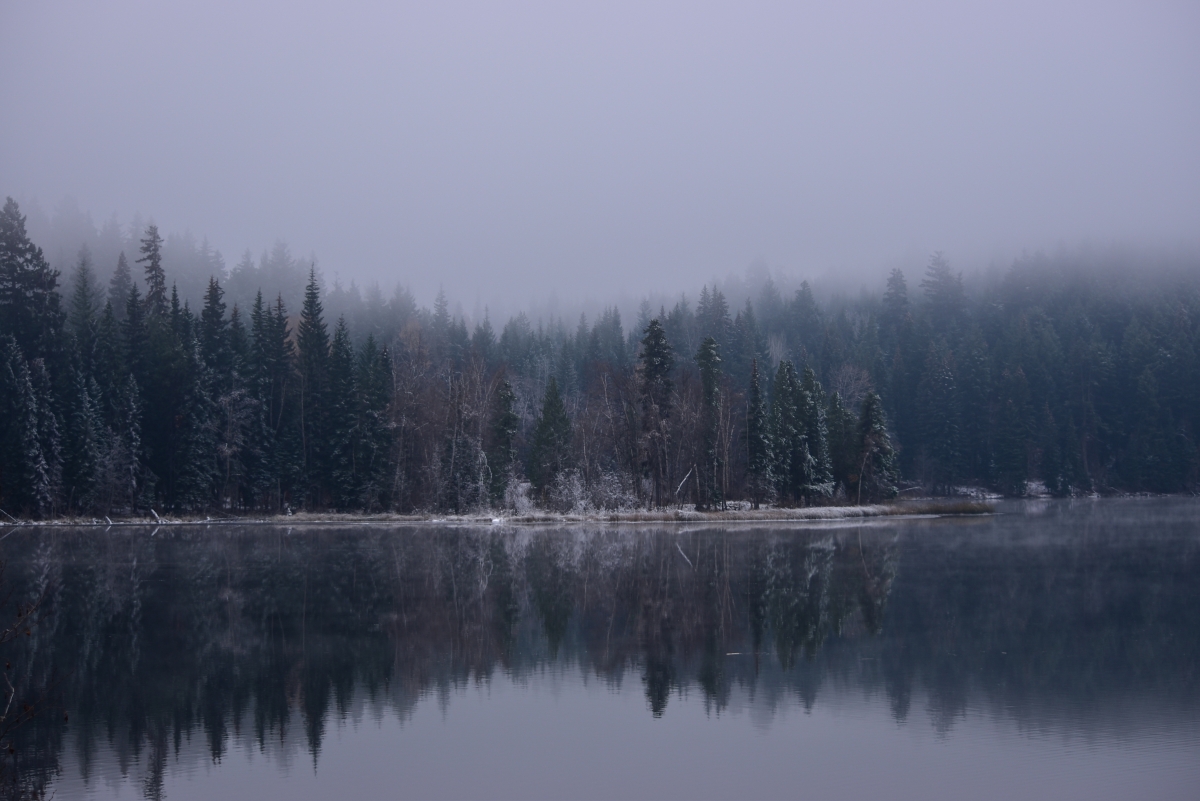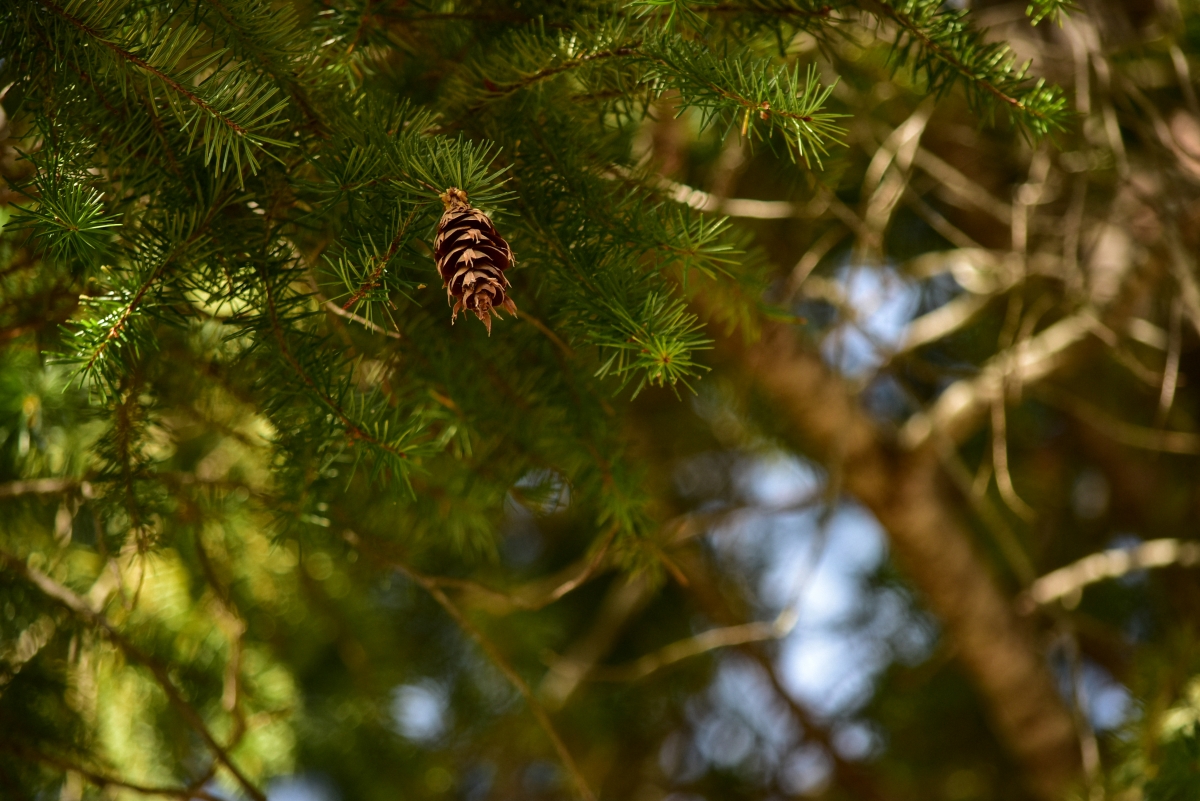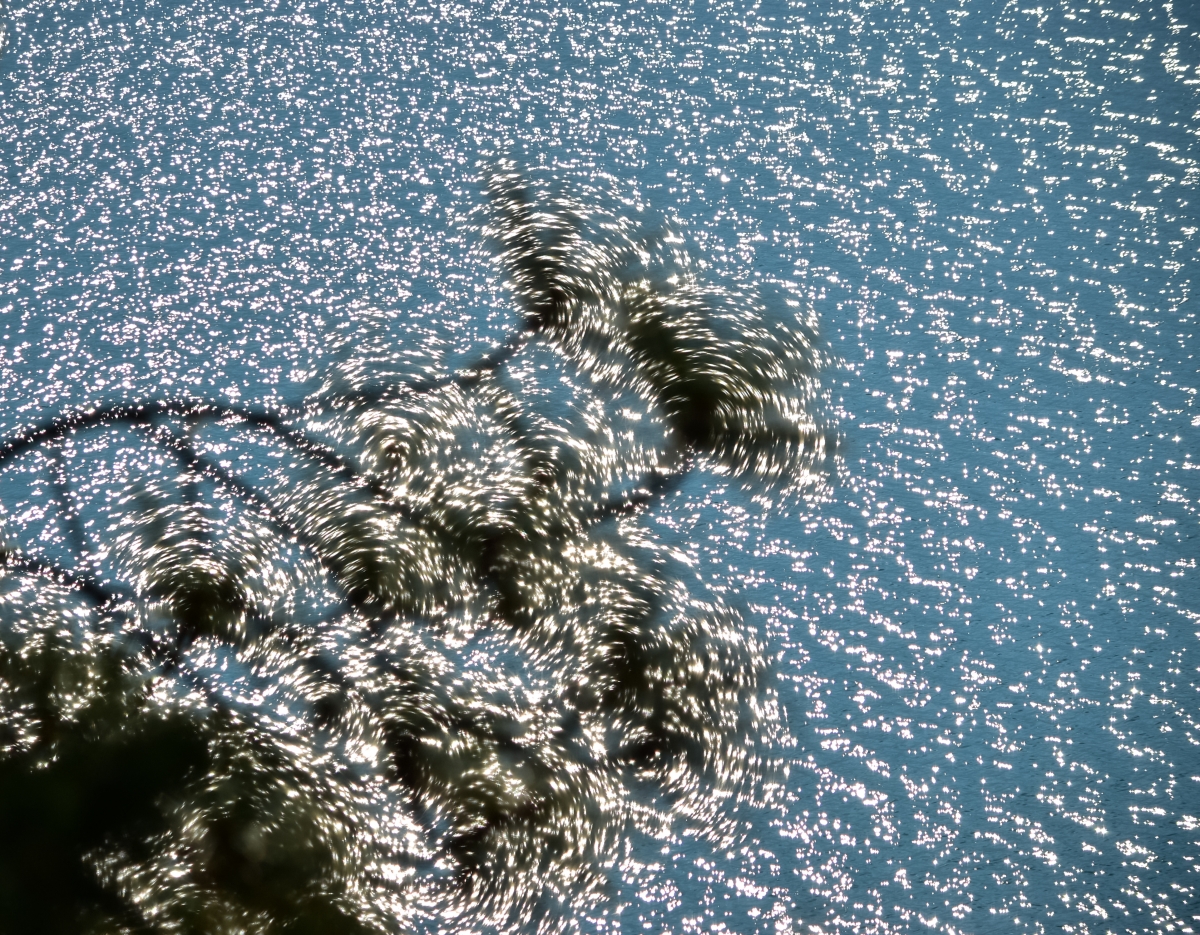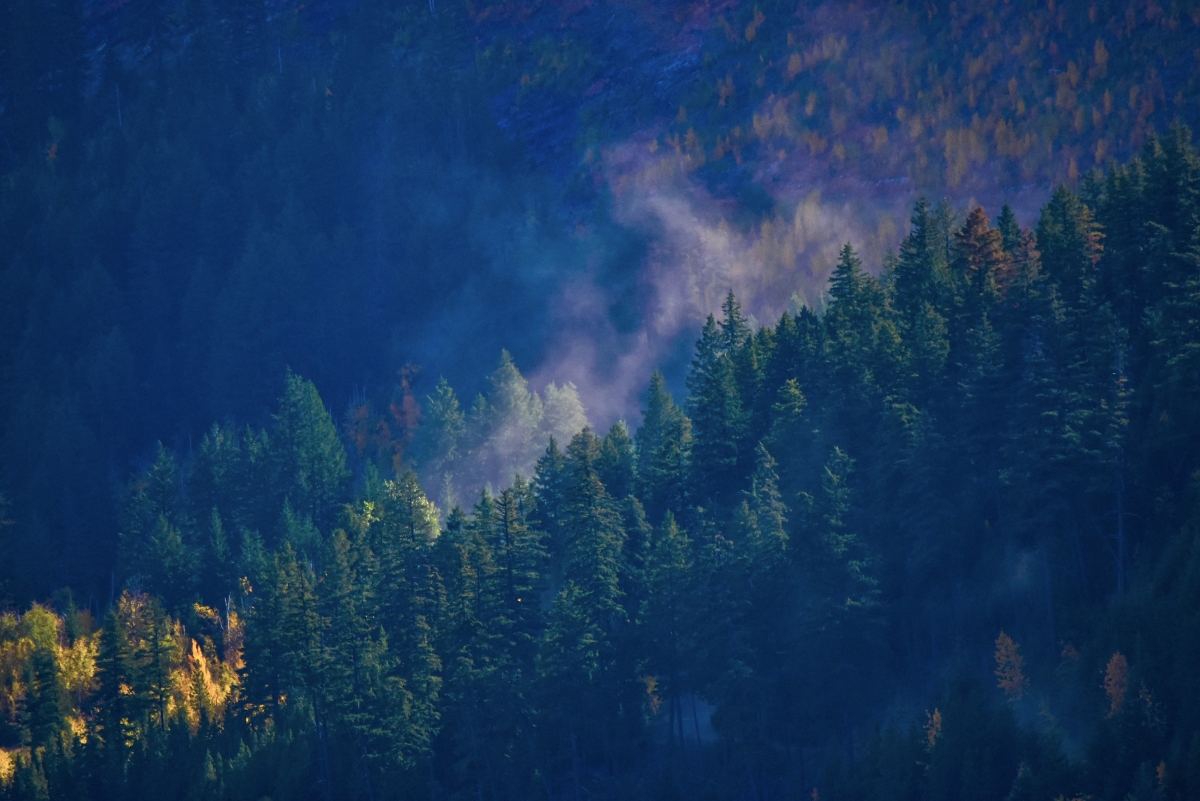Conifer forests
The Transformative power of conifer forests.
Conifer trees are often mistaken for being monotonous, dark green tree lines that cover Northern regions but they are much more than that. Conifers making up the boreal and sub-alpine forests are diverse in wildlife and biodiversity. No two forest regions are the same, even those that have been replanted after clear cutting - unique in soil conditions, species contained and healthy or reduced populations of plants and wildlife. The forest is a dynamic, living body of knowledge that is constantly revealing itself.
Trees are no longer important if they do not provide a resource or if they are not tackling climate change by absorbing carbon dioxide. They have to be “productive” like everything else. We are still living in the mistaken belief that they exist to serve our needs. Many trees combined have the power to transform our existence and they truly have....oxygen, we are breathing it. This is what is considered to be real power in many traditional cultures. Trees continue to transform our reality....oil, we are dependent on prehistoric remains of plants, animals and yes trees buried deep in the ground....to basically get by everyday and not only that but all the forest based products that have been produced from new, plantation and what was once virgin old growth forests that make up our homes and the things in them.
The conifer forests that have been clear cut are replaced by planting new trees (in parts of N. America) and this is habitual practice. In ways that forests can be depleted, this is a sustainable option as otherwise there would be no forests left to supply the demand for forests based products and timber. However this needs to be understood in terms of bio-diversity as old growth forests contains mature ecosystems - diverse in the ability to support and maintain wildlife as well as soil condition, filter water, carbon uptake, resilience to fire and disease and microclimates. Just one old growth tree can contain its own ecosystem. There is a difference between newly planted forests in a 40 year cycle of growth and old growth trees - especially virgin old growth forests and this is not just in stocks and carbon but in the way that they have matured that is incomparable to newer forests. Old growth is currently defined as from 150-250 years but conifers can live for 100's of years such as the Bristlecone pine, which can live for 5,000 years, Douglas firs, Spruce and Western Red Cedars for 500 - 1000+ years. The benefits to human health are now also well documented from trees (https://www.hsph.harvard.edu/news/hsph-in-the-news/the-health-benefits-of-trees/). These are invaluable ecosystem services provided to humans from trees and forests.. Nature in many instances unlike humans gets better, stronger and more resilient with age, consistently evolving - a biological matrix with a focus on survival for which there is no match.
Some facts about conifers:
The boreal forest or taiga is a coniferous circumpolar "belt" that circles the world (Alaska, Canada, Scandinavia, Russia), covering (approx) 16% of the planet's terrestrial surface. They are also found in the Southern hemisphere in Australia, New Zealand, Southern America, New Caledonia islands. Studies are underway into the fossilised conifer forests of Antarctica but this is at an early stage.Certain species are found throughout Europe, Asia and Africa (https://herbaria.plants.ox.ac.uk/bol/conifers).
They Survive in harsh environments from -40 to +40 (Celsius), growing in low nutrient soils and are cold sensitive - having the ability to change (chemically) to be cold tolerant. In the vast Siberian taiga forests pine, fir, larch and spruce survive in -70 degrees (Celsius).
Drop their needles and change needle colours in fall but only in parts of the tree which grow back, remaining evergreen - regenerative.
Some conifer species (not all) are adapted to fire and require fire for regeneration and germination in many parts of the world, having serotinous cones (glued shut by a resin) that require fires for cones to open and release seeds. An evolutionary trait dating back 125 -350 million years. Australia has the largest amount of fire adapted species. Older trees tend to be better fire adapted (He et al. 2015).
Are chemically complex, containing phytochemical compounds that are anti microbial, anti- inflammatory and anti-cancer. Certain species such as fir produce a resin when injured for protection. This has medicinal properties (https://www.ncbi.nlm.nih.gov/pmc/articles/PMC8158490/). Older conifers tend to have important moss, lichen and fungi that grow on or around the tree with further medicinal properties.
There are 30 conifer species in BC and about 615 worldwide but habitat destruction, extractive industries, overuse and disease have led to 34 % of conifers now under threat from extinction, such as the Whitebark pine, Cape cedar and Sequoia (https://threatenedconifers.rbge.org.uk/).
Conifers can be infected with diseases from insects such as mountain pine beetle and white pine blister rust (with increased vulnerability after wildfire). To understand more about how diseases can affect forests here is a link to whats happening in Bialowieza primeval forest, Poland (https://edition.cnn.com/2016/08/22/europe/poland-forest-bark-beetle/index.html).
Home to a number of habitats, climates and species (especially ones that require range), such as grizzly, lynx, moose, salmon, fishers, raptors, owls, endemic & migratory species.The cones provide food for a numerous variety of species of birds, mammals and insects.

